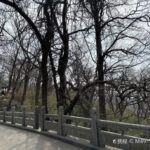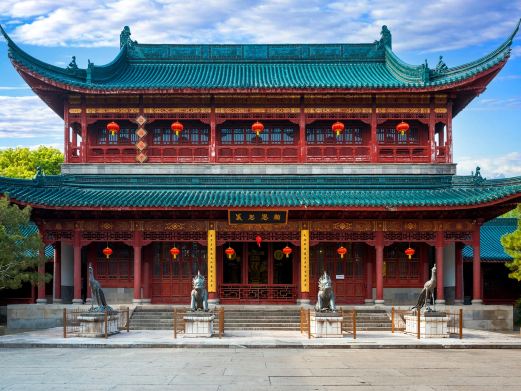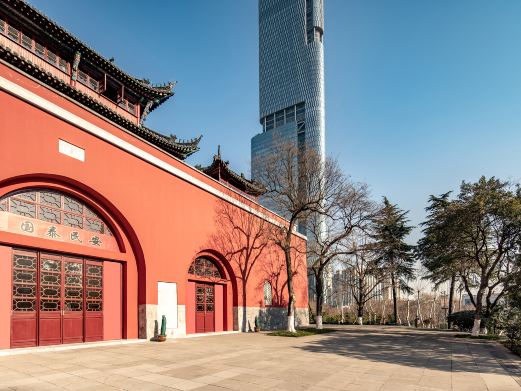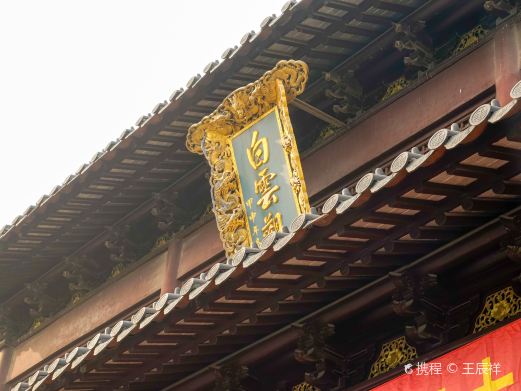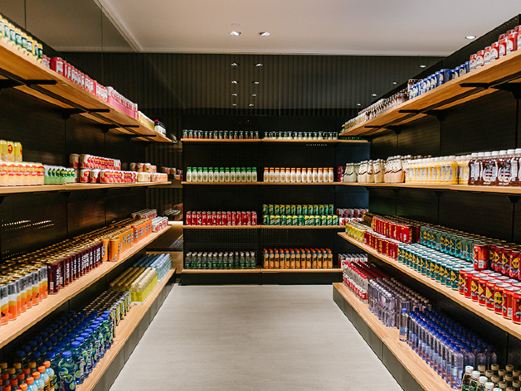Tianjing Palace, also known as Laozi Temple and Taiqing Palace, is located on the north bank of the Wujia River, which is the ancient Gu River, and it flows into the Wo River near the center of Wobei Street. The palace is majestic and is believed by some to be the birthplace of Laozi, although this is still a matter of debate. Visitors can make wishes and prayers here, learn about the life of Laozi, and explore the remains of the ancient Tianjing Palace.
Tianjing Palace was originally built in the eighth year of the Yanxi era of the Eastern Han Dynasty (AD 165), originally named Laozi Temple. In the second year of Emperor Xuanzong’s Tianbao era (AD 743), it was officially named Taiqing Palace. After Emperor Shizu of Yuan, it was renamed Tianjing Palace. Throughout the dynasties, the palace has been destroyed and rebuilt many times. What is seen today is a reconstruction on the original site in the 1990s, following the architectural standards of the Northern Song Dynasty’s Tianjing Palace.
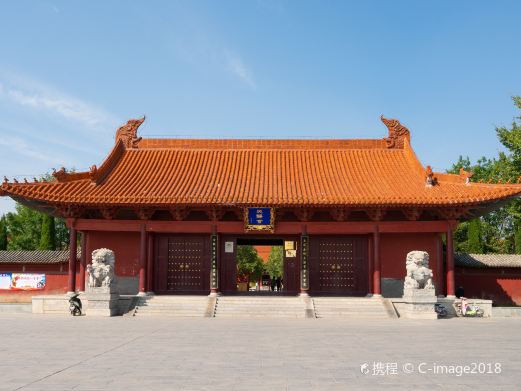
Passing through the large square with the standing archway at the entrance, one enters Tianjing Palace, which is mainly divided into three routes: central, eastern, and western. The central route is where the main hall is located, with the front and back having the mountain gate, Huixian Bridge, Lingguan Hall, Laozi Hall, Sanqing Hall, Tianshi Hall, Chongyang Hall, Caishen Hall, Yuanchen Hall, Laozu Hall, Ciai Hall, Lvzu Hall, Bell and Drum Tower, ‘The Source of Tao’, ‘The Beginning of Virtue’ exhibition rooms, and Qiankun Tao House. To the east, there are Dongyue Temple, the Hall of the Holy Mother, Meteor Garden, and Jiulong Well. To the west, there is the Lecture Hall and the Sutra Pavilion.
Tianjing Palace
Tianjing Palace, also known as Laozi Temple and Taiqing Palace, is located on the north bank of the [...]





